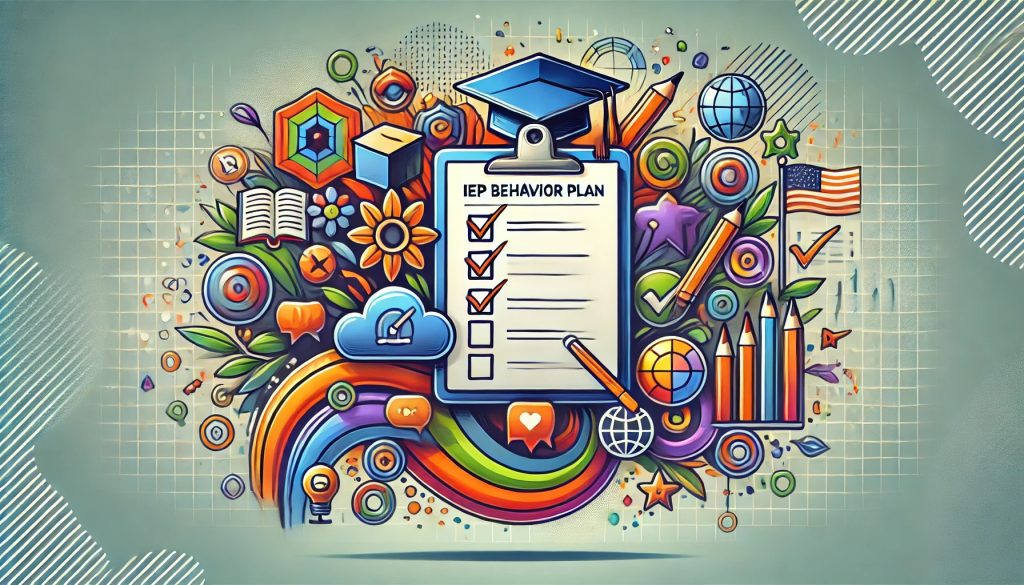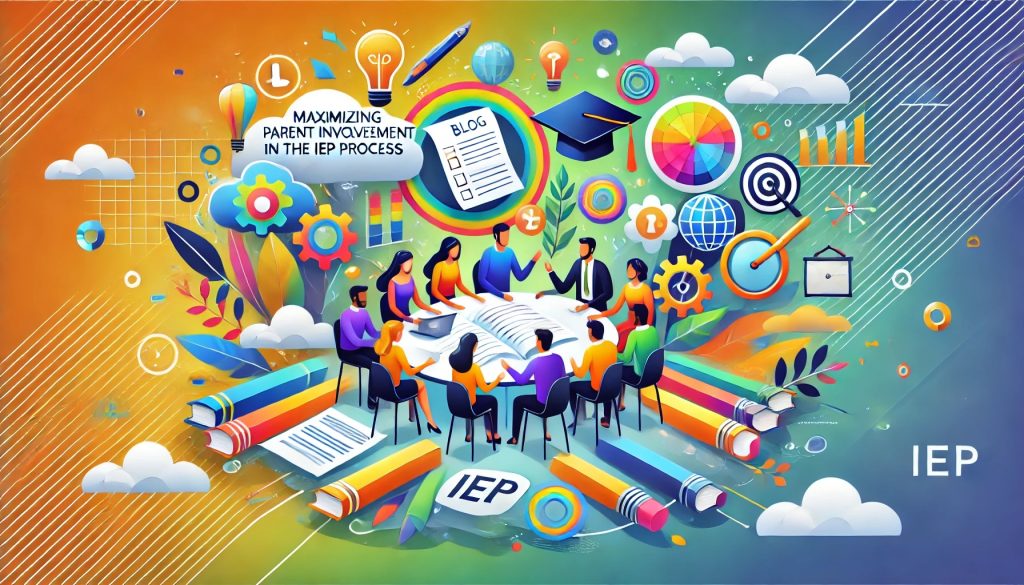What is an IEP Plan?
An Individualized Education Program (IEP) is a key document that outlines the tailored educational needs of students with disabilities. Developed collaboratively by the school district, parents or guardians, and often the student, the IEP plan ensures that students with disabilities receive a free appropriate public education (FAPE) as required by the Individuals with Disabilities Education Act (IDEA). The IEP plan includes specific goals, personalized instructions, and services necessary for the student’s academic success.
The Growing Need for IEP Plans
With a steadily growing number of students requiring special education, the importance of IEPs has only increased. In the 2021-22 school year, 14.7 percent of all students in the U.S. were identified as special education students, the highest percentage in 46 years, according to data from the National Center for Education Statistics. This growing population underscores the critical role IEPs play in addressing students’ diverse learning needs.
Why Translate IEP Plans?
Ensuring Legal Compliance
Translation of IEP plans is not only beneficial but legally mandated. According to federal laws like IDEA and Title VI of the Civil Rights Act, schools must provide meaningful access to educational information for students and parents with limited English proficiency (LEP). This includes translating IEPs to ensure all parents can fully participate in their child’s education.
Enhancing Parental Engagement
Providing accurate translations of IEP documents empowers non-native English-speaking parents to engage more fully in the education process. When parents understand their child’s needs and the educational plans in place, they are better equipped to collaborate and contribute, leading to better student outcomes.
What is the IEP Translation to Spanish?
Common Challenges
Translating IEPs into Spanish—or any language—requires more than a simple word-for-word conversion. It demands an understanding of educational terminology, cultural sensitivity, and legal precision to ensure the integrity of the original document is maintained. Common challenges include the accurate translation of specialized terms and the need for culturally appropriate phrasing (Wrightslaw: IEP FAQs).
Effective Strategies
Successful IEP translation strategies involve employing qualified translators who understand special education terminology, using translation tools for consistency, and validating translations through bilingual staff. Offering both written translations and oral interpretation during meetings can further enhance communication and comprehension (Understood.org: IEPs for ELL Students).
Translation as a Learning Strategy
Improved Comprehension
Translating educational materials, including IEPs, improves comprehension for non-native English-speaking families, ensuring they are fully informed about their child’s educational plan. This helps parents to reinforce strategies at home, contributing to their child’s success.
Increased Family Involvement
When parents are confident in their understanding of the IEP, they are more likely to engage actively in their child’s education. Involvement leads to better educational outcomes, as parents can support their child’s learning and development both at school and at home (Harvard’s Research on Parental Engagement).
What are the 3 Goals of Translation?
Clarity
Translations must be clear and free of unnecessary jargon. The goal is to ensure that parents can easily understand the information without confusion.
Accuracy
Preserving the original meaning of the IEP through precise translation of legal and educational terminology is essential to maintain the integrity of the document.
Accessibility
IEP translations should be available in multiple formats, including written and oral translations, to accommodate varying literacy levels and ensure every parent can access the information effectively.
Integrating Translation with Teaching
Supporting ELL Students
For English Language Learner (ELL) students, translated materials can help bridge the gap between their native language and English, improving their understanding and retention of educational content. Teachers can use bilingual resources to ensure ELL students stay on track academically (Colorín Colorado: ELL and IEP Process).
Best Practices for Teachers
To support ELL students, teachers can use tools such as bilingual glossaries, visual aids, and translated instructions. Encouraging students to process information in their native language before transitioning to English helps with comprehension and engagement.
Legal and Practical Aspects of IEP Translation
IDEA and Section 504
Both IDEA and Section 504 of the Rehabilitation Act mandate that students with disabilities receive tailored educational services. These laws also require that parents who are not proficient in English receive translated IEPs to fully participate in the education process.
The Role of LEAs
Local Education Agencies (LEAs) play a critical role in ensuring that IEPs are translated accurately. LEAs must provide translation and interpretation services during meetings and ensure that all relevant documents are accessible to non-native English-speaking parents.
Overcoming Common Challenges in IEP Translation
Hiring Qualified Translators
Qualified translators with experience in educational terminology are essential for producing accurate and culturally appropriate IEP translations. Their expertise helps to avoid miscommunication and ensures that the legal integrity of the document is maintained.
Utilizing Technology Tools
AI-powered translation tools can help streamline the process by ensuring consistency. However, human translators are still needed to review translations to guarantee cultural appropriateness and accuracy (EdTech Magazine on AI in Translation).
Ensuring Cultural Competency
Training for Educators
Cultural competency training helps educators understand the diverse needs of non-native English-speaking families. Schools should provide ongoing training on cultural differences, effective communication, and how to engage with families in ways that respect their cultural backgrounds (NCBI – Cultural Competency in Education).
Engaging with Families
Building trust and strong relationships with families through cultural events and bilingual resources fosters a sense of belonging. These efforts ensure that families feel supported and valued in their children’s education.
References
- National Center for Education Statistics – Special Education Data
- Title VI of the Civil Rights Act – U.S. Department of Justice
- Harvard’s Research on Engaging Parents in Special Education
- Colorín Colorado: Guide to ELL and IEP Process
- U.S. Department of Education – Section 504 Guidelines
- EdTech Magazine: AI in Education
- NCBI – Cultural Competency in Education
Contact Us Today!
Ensure that all families in your school district can fully engage in their child’s education with professionally translated IEP plans. At Zing Translations, we specialize in delivering accurate, culturally sensitive translations that help foster collaboration between schools and parents. Contact us today to learn more about how our services can support your school’s compliance with legal requirements and enhance parental involvement in the IEP process.


